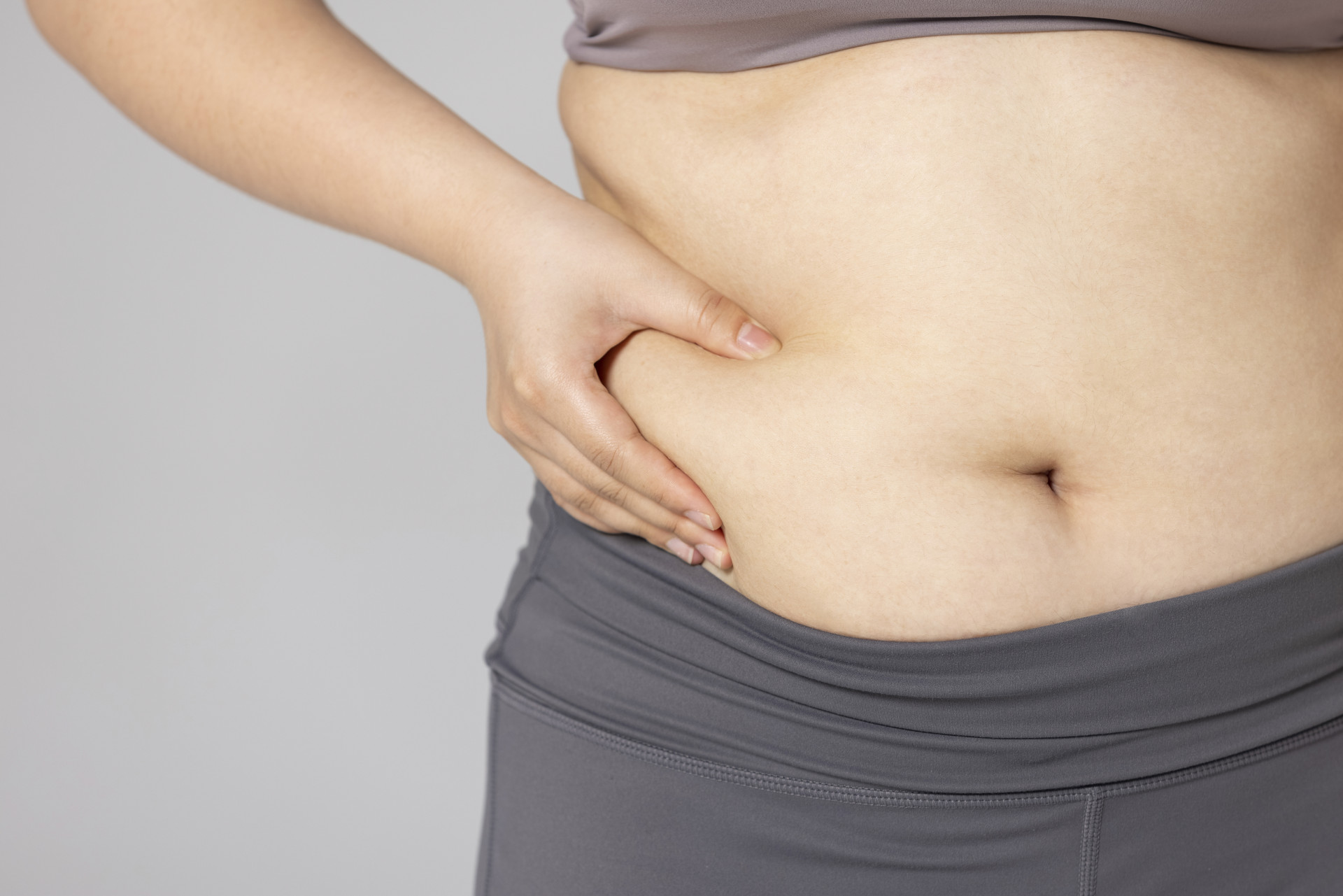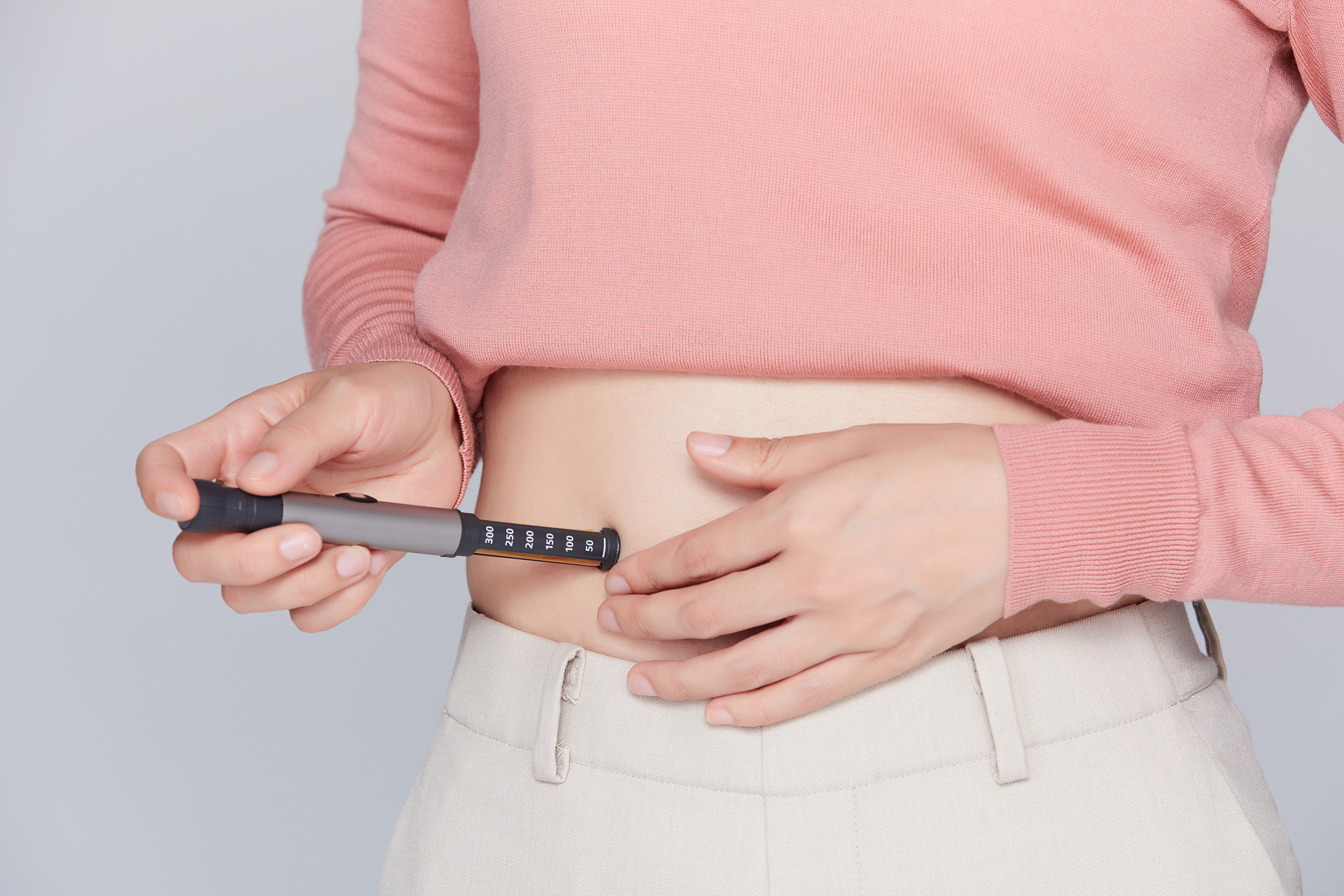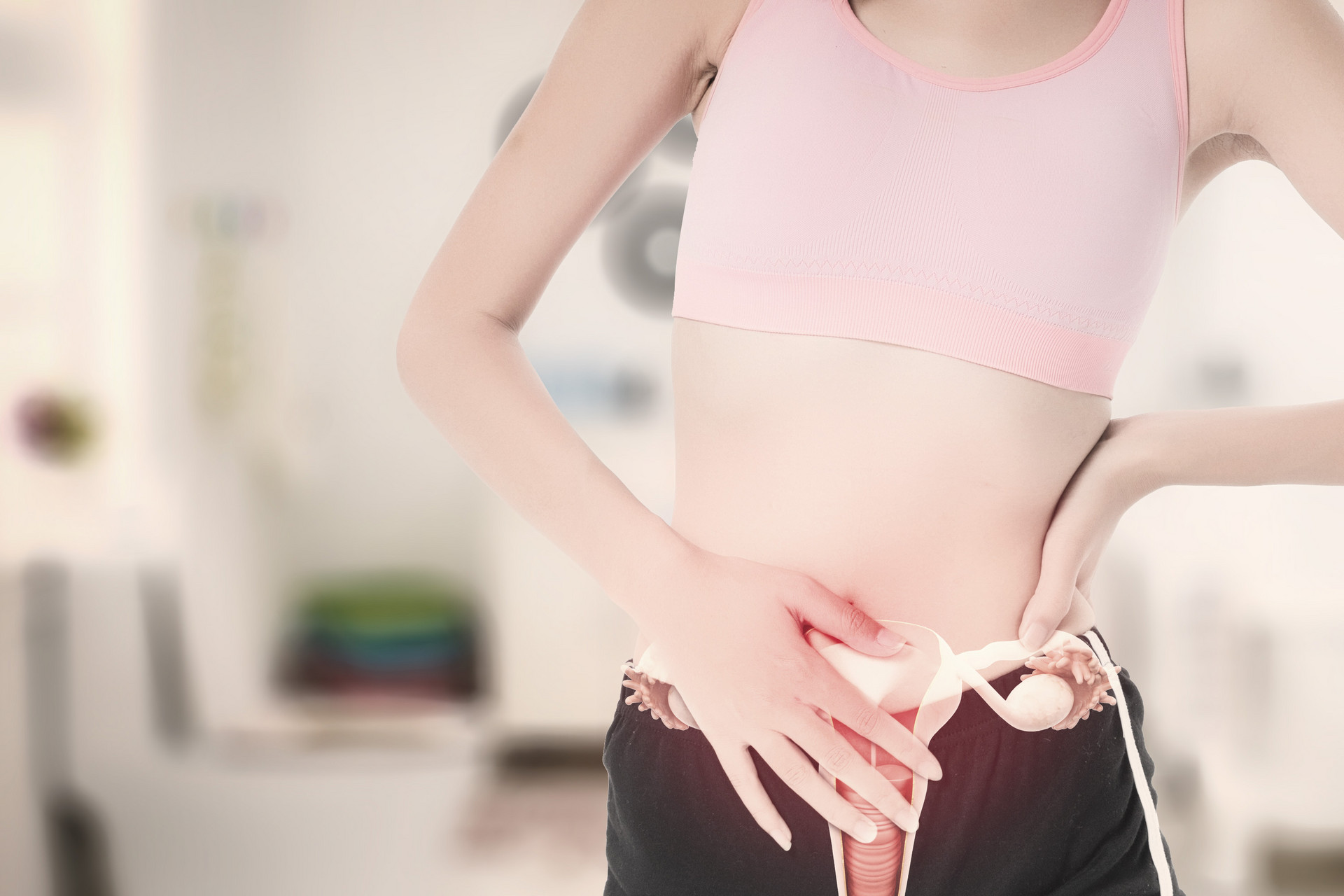Pregnant women should prevent "lumbar protrusion" by paying attention to a balance between work and rest during pregnancy, avoiding increasing the burden on the waist, and keeping the waist warm. When lying flat in bed, you can use a pillow or cushion behind the knee joint to flex the hip and knee joints, reducing the extension of the waist and allowing the muscles, ligaments, and fascia of the waist and back to rest fully. In addition, avoid wearing high heels to prevent exacerbating the existing posture and increasing the burden on the lumbar and sacral region.
Furthermore, incorrect sleeping positions during the postpartum confinement period can cause the back to be suspended when semi-reclining, resulting in excessive local force and chronic soft tissue damage, leading to chronic lumbar pain such as lumbar muscle strain. If you bend over significantly when getting up, it is easy to cause "lumbar protrusion".
Timely treatment is necessary when "lumbar protrusion" is detected
If pregnant women experience lower back pain, pain in one or both lower limbs, or numbness and pain in one lower limb, with pain radiating to the buttocks, thighs, outer side of the calf, and sole of the foot when coughing, sneezing, or exerting during bowel movements; if the pain worsens with movement of the waist and is relieved by resting in a knee-bent position; and if the pain occurs suddenly and periodically (improving significantly after resting and then occurring suddenly again), it may be a warning sign of "lumbar disc herniation". It should be taken seriously and promptly checked in a hospital.
For early lumbar disc herniation, rest on a hard bed, traction, and physical therapy are the main treatment methods. After treatment, most patients' symptoms can be alleviated. If the symptoms do not improve after conservative treatment for 3 months, it is recommended to consider minimally invasive or open surgery for treatment.











